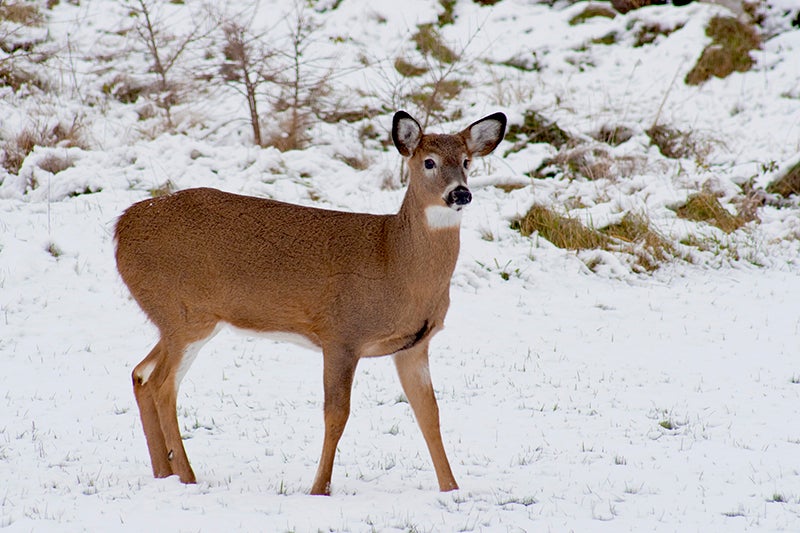Editorial: Drive with caution — it’s the season for deer on the road
Published 8:02 pm Wednesday, November 14, 2018
We urge motorists to use extra caution this month, as November is the peak time for crashes with deer in the state, according to the Minnesota Department of Transportation.
The main reason for the increase in crashes is that deer mating season occurs in November, according to the DOT. There is also a reduction in daylight hours.
According to the Office of Traffic Safety within the Minnesota Department of Public Safety, there were 1,325 crashes with deer in 2016 in the state, including three fatalities and 31 serious injuries.
The Minnesota Department of Transportation offers the following tips:
• Be alert. More than half of the crashes happen in late October and November when deer are mating, and in May and June during the birthing season.
• Be vigilant at dusk and at dawn. A high percentage of crashes occur during the low-light or dark hours of the day when deer move between daytime bedding sites and evening feeding areas.
• Slow down and scan the sides of the road and ditches for animals when driving through forested lands or near river and stream banks. Especially drive with caution in marked deer-crossing zones and along roads surrounded by farmland or forests, as these are areas known for large deer populations. Drive defensively and expect the unexpected. If you see a deer near the road, slow down because it might dart in front of you. If you see one deer, look for the next one. Deer often travel together but single file.
• Don’t swerve. It may seem like the right thing to do, but swerving to avoid a deer could cause you to lose control or travel into the path of another vehicle. Striking a deer is safer than colliding with another vehicle or a tree. Stay in your lane, brake firmly and hold onto the steering wheel.
• Motorcyclists should avoid night and low-light riding times. A rider’s best response when encountering a deer is to use both brakes for maximum braking and to keep their eyes and head up to improve chances of keeping the bike up. Riders should wear full face helmets and full protective gear.


